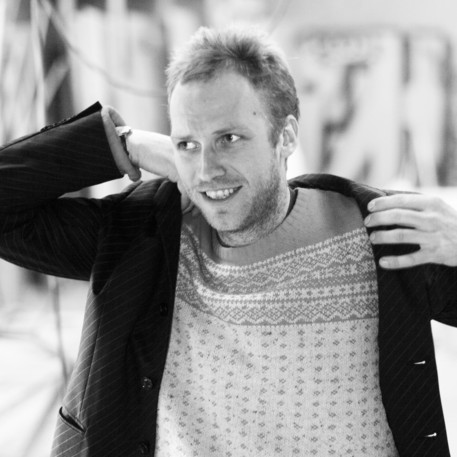Experimentation and Exploration
My approach to textile design is rooted in my origin – the textile traditions and techniques of the Nordic countries. My overall quest is to create a greater awareness and appreciation of textiles. I aim at making weaving convenient and accessible for the participants and at the same time providing a memorable experience and satisfying products. In all my projects I include and deal actively with the place, the space, and the people that I am working with. I let each project take its own shape based on the given conditions. I create grids of various shapes that the participants can fill in based on their own creativity. These grids are in the shape of different tools and physical spaces where people can stay, create and interact with each other across nationality, age and skills/background.
Quotes about Rosa – presentations from Mindcraft 15 & 16
“As a consummate craftswoman Rosa Tolnov Clausen is passionate about weaving. In her creative work, she examines the classical craft and explores how it can be used and viewed relevantly in the present. In a working process thriving on experimentation and exploration, she puts to the test materials, methods and tools, to arrive at aesthetic qualities, partnerships and products that, from the combination of these conditions, appear with new functionality and purpose.”
“In an analytical and systematic working process driven by experimentation and exploration, Rosa Tolnov Clausen tests new materials, methods and tools with the goal of arriving at new and unexpected aesthetic qualities, surprising partnerships and products with novel functional features. When a weave is taken off the loom, she is often intrigued to see the back, which has remained hidden until then, and which represents the wild, unplanned side of an otherwise carefully planned and rational process. In her creative work, she focuses on Nordic weaving traditions and takes them into a contemporary context, exploring what happens at the intersection of the conceptual core of a project and traditional techniques. Many of her projects have a strong social component, where weaving is used as a tool for people to engage with, learn about and relate to textiles in interactive, aesthetic and tactile processes.”




